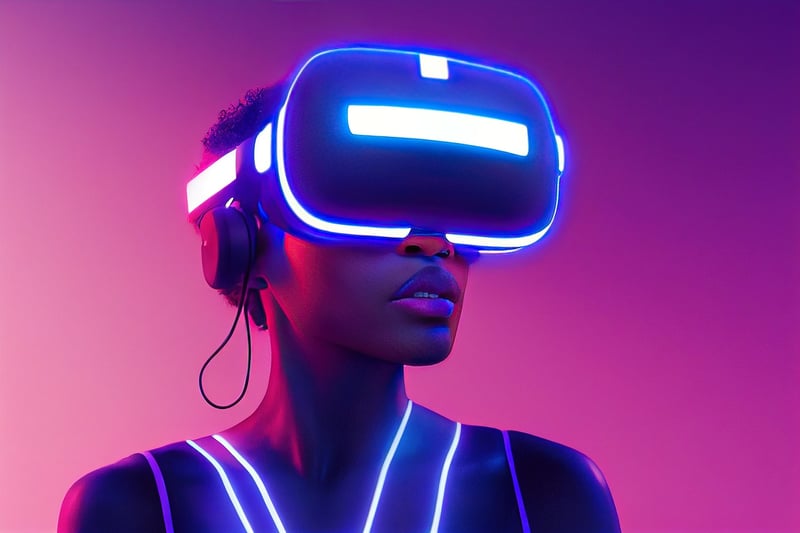Alternate Realities
The Fascinating World of Alternate Realities in Stories and Plotlines
Alternate realities have long captured the imagination of both writers and readers, offering a glimpse into worlds that diverge from our own. These parallel universes, with their unique rules and possibilities, provide a rich tapestry for storytelling and exploring complex themes. Let's delve into the captivating realm of alternate realities in stories and plotlines.
What are Alternate Realities?
Alternate realities, also known as parallel universes or alternate dimensions, are fictional worlds that exist alongside our own. These realms often diverge from the known laws of physics, allowing for the exploration of "what if" scenarios and the consequences of different choices. Authors use alternate realities to create intricate plots, develop characters, and challenge conventional narratives.
Exploring Alternate Realities in Literature
Literature has a long history of incorporating alternate realities into storytelling. From classic works like Lewis Carroll's "Alice's Adventures in Wonderland" to contemporary novels like Philip Pullman's "His Dark Materials" trilogy, authors have crafted immersive worlds that push the boundaries of imagination. These alternate realities serve as mirrors to our own world, reflecting its flaws, potential, and unexplored possibilities.
Notable Examples of Alternate Realities in Literature:
- "1984" by George Orwell: Explores a dystopian world where individuality is suppressed and surveillance is omnipresent.
- "The Chronicles of Narnia" by C.S. Lewis: Introduces readers to the magical land of Narnia, accessible through a wardrobe, where epic adventures unfold.
- "Dark Matter" by Blake Crouch: Delves into the concept of multiverse theory, where choices lead to the creation of new realities.
Alternate Realities in Film and Television
Film and television have also embraced the allure of alternate realities, captivating audiences with visually stunning worlds and thought-provoking narratives. Whether through science fiction, fantasy, or speculative fiction, filmmakers and showrunners have pushed the boundaries of storytelling by exploring the infinite possibilities of parallel universes.
Iconic Depictions of Alternate Realities in Film and Television:
- "Stranger Things": Blends supernatural elements with alternate dimensions, known as the Upside Down, creating a sense of mystery and intrigue.
- "Inception": Explores the concept of dream worlds within dream worlds, challenging perceptions of reality and illusion.
- "The Matrix": Presents a dystopian future where humans live in a simulated reality created by sentient machines.
The Impact of Alternate Realities on Storytelling
Alternate realities offer storytellers a powerful tool to engage audiences, spark imagination, and provoke thought. By presenting familiar themes in unfamiliar settings, authors, filmmakers, and creators can shed light on societal issues, philosophical questions, and the nature of reality itself. The exploration of alternate realities invites readers and viewers to contemplate the infinite possibilities that lie beyond the confines of our known world.
So, whether you're delving into a novel, watching a movie, or exploring a TV series, take a moment to appreciate the intricacies of alternate realities and the boundless creativity they inspire.

